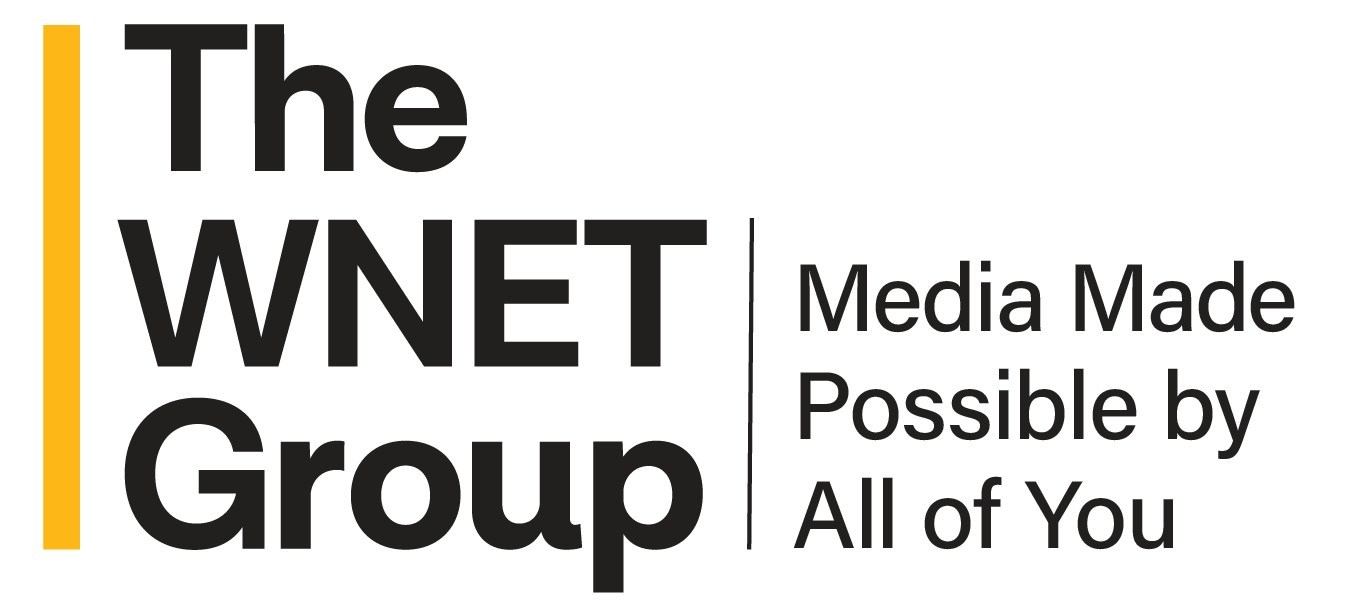Do-It-Yourself Synthetic Aperture Radar
David Schneider describes how to build a synthetic aperture imaging system with tin cans and AA batteries in his IEEE Spectrum article Coffee-Can Radar.
He points out that most people think of radar as a system that transmits a short pulse and looks for the echo, using the echo delay and the orientation of the radar antenna to locate the object.
A synthetic aperture radar transmits a continuous signal and a second antenna receives a continuous stream of echoes. A ramp modulator increases the frequency of the transmitted signal for a given period of time and then resets and starts ramping up again. The echoes arriving at the receiver will be delayed by the distance to and from the reflecting object; thus when the transmit and receive signals are mixed together, the delay will show up as a difference in frequency. The echoes can be mathematically analyzed to create a profile of the reflecting object. The offsets are within the audio frequency range, so they can be processed with a laptop computer sound card.
Schneider's coffee-can radar is based on the MIT Open Courseware project Build a Small Radar System Capable of Sensing Range, Doppler, and Synthetic Aperture Radar Imaging. It uses readily available parts from Minicircuits for the RF portion. The video amplifier and ramp generator are built on a solderless breadboard. Full instructions are available in the MIT IAP 2011 Laptop Based Radar: Block Diagram, Schematics, Bill of Material, and Fabrication Instructions.
One of the challenges Schneider faced in building his system was that the MIT version requires the expensive Matlab software. He was able to modify it to work with the free open source Octave mathematics software. Audacity, a free audio editor, was used to record the data from the sound card.
Based on the MIT instructions, it looks as if it can also be used as a Doppler radar. This appears to be a fun project if you want to obtain hands-on experience with how radar systems and signal analysis work.
Get the TV Tech Newsletter
The professional video industry's #1 source for news, trends and product and tech information. Sign up below.

Doug Lung is one of America's foremost authorities on broadcast RF technology. As vice president of Broadcast Technology for NBCUniversal Local, H. Douglas Lung leads NBC and Telemundo-owned stations’ RF and transmission affairs, including microwave, radars, satellite uplinks, and FCC technical filings. Beginning his career in 1976 at KSCI in Los Angeles, Lung has nearly 50 years of experience in broadcast television engineering. Beginning in 1985, he led the engineering department for what was to become the Telemundo network and station group, assisting in the design, construction and installation of the company’s broadcast and cable facilities. Other projects include work on the launch of Hawaii’s first UHF TV station, the rollout and testing of the ATSC mobile-handheld standard, and software development related to the incentive auction TV spectrum repack. A longtime columnist for TV Technology, Doug is also a regular contributor to IEEE Broadcast Technology. He is the recipient of the 2023 NAB Television Engineering Award. He also received a Tech Leadership Award from TV Tech publisher Future plc in 2021 and is a member of the IEEE Broadcast Technology Society and the Society of Broadcast Engineers.
